What Is Flexible Furlough and How Does It Work?

The Coronavirus pandemic hit the UK job market particularly hard. Hundreds of thousands of UK workers either lost their jobs or were put on temporary leave with no end date in sight.
In order to try and counter these measures, the Government introduced the furlough scheme. This was a way to compensate workers a portion of their normal wage. It also allowed businesses to retain their employees without footing the cost of their salary.
But as we have gotten further from the original announcement, there has been a change in the way that the furlough scheme works.
One of these changes has been the introduction of flexible furlough. But what exactly is the flexible furlough scheme and how does it differ from the original furlough arrangement?
Let’s take a closer look at what this means, and how it will affect the job market.
Here’s What We’ll Cover:
What Is Furlough?
To understand flexible furlough, you must first understand the original furlough scheme.
Furlough was a scheme brought into place by the UK Government. It allowed employers to retain the staff who have had to stop work because of the Covid-19 pandemic.
Furlough works by employers claiming a recurring grant from the government. This grant would cover 80% of each employee’s wages with an upper limit of £2,500 a month. The employer could then choose to top up the remaining 20% if they wanted their employees to receive their regular wage.
These extra employer contributions are not necessary. The employer would have to cover their employee’s national insurance contributions. They would also have to cover pension contributions.

Essentially, furlough was used as a way to offer businesses breathing space when it came to handling their finances. It also allowed workers in the UK to continue to receive an income.
Another benefit was that it allowed for a far easier transition back to work once workers the pandemic was over. This meant people could return to their normal working lives without having to be rehired by their employer.
Under rules set by the Government, employees on furlough were not allowed to undertake any work from their employers. They were allowed to pick up a separate job if they had permission from their employers or it was allowable under their employment contract.
What Is Flexible Furlough?
Now that we’ve got a grasp on the original furlough scheme, we can take a look at how it has changed over time.
Under the flexible furlough agreement, employees no longer have to avoid doing any work for their employers. This essentially allows them to work their usual hours for a portion of the week and be furloughed for the rest. This part-time basis agreement can be decided between the employee and the employer.
This would mean that on the days they work their actual hours they would be paid in full by their employer. But on the days that they didn’t work, they would be paid a portion of their wage by the government.
A flexible furlough claim would work in exactly the same way as a regular furlough claim and would be handled by the employer.
How Much Can I Claim?
At the time of writing, the Government no longer pays 80% of a workers wage with a maximum wage of £2,500 per calendar month.
From the 1st July 2021, the government only paid 70% of the furloughed employees wages up to £2,187.50 a month. The employer now has to make up the remaining 10%, but can still choose to top up the remaining 20%.
In August and September, staff on furlough will receive 60% of their wages up to a maximum claim of £1,875 a month, while the employer will make up the 20%.
The Government has declared that all furlough payments, both full and flexible, will cease on the 30th September 2021.

Key Takeaways
The furlough arrangement was an effective form of Government guidance. It helped to alleviate some of the financial strain that the Covid-19 crisis put upon the working world.
The introduction of a flexible furlough arrangement then allowed people to migrate back to a full-time working position with their usual wage. It also added the safety net of being able to claim furlough for a portion of the time.
With the global pandemic seemingly nearing an end, the Government has made the decision that the furlough scheme will come to an end. That means that anyone currently still utilising the scheme will need to make plans for the deadline on the 30th of September.
Are you looking for more business advice on everything from starting a new business to new business practices?
Then check out the FreshBooks Hub.
RELATED ARTICLES

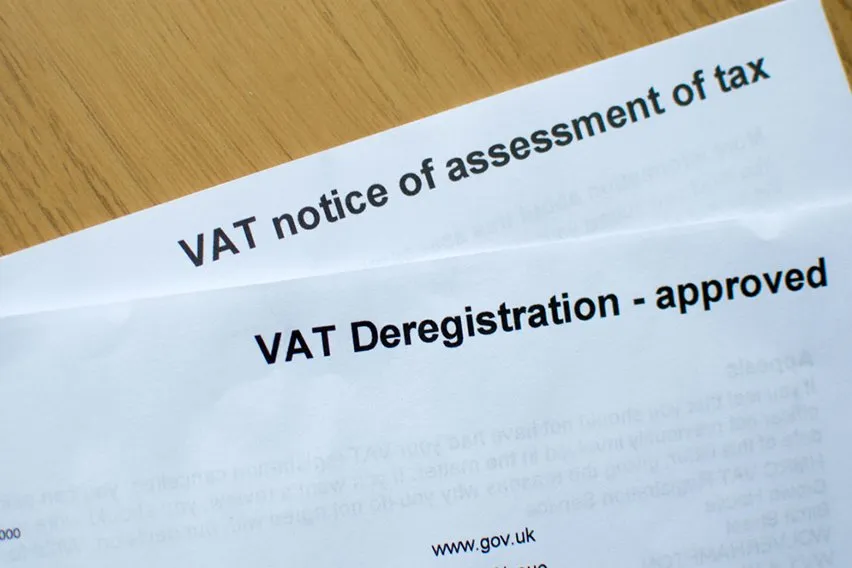 VAT Deregistration: Tips & Guide
VAT Deregistration: Tips & Guide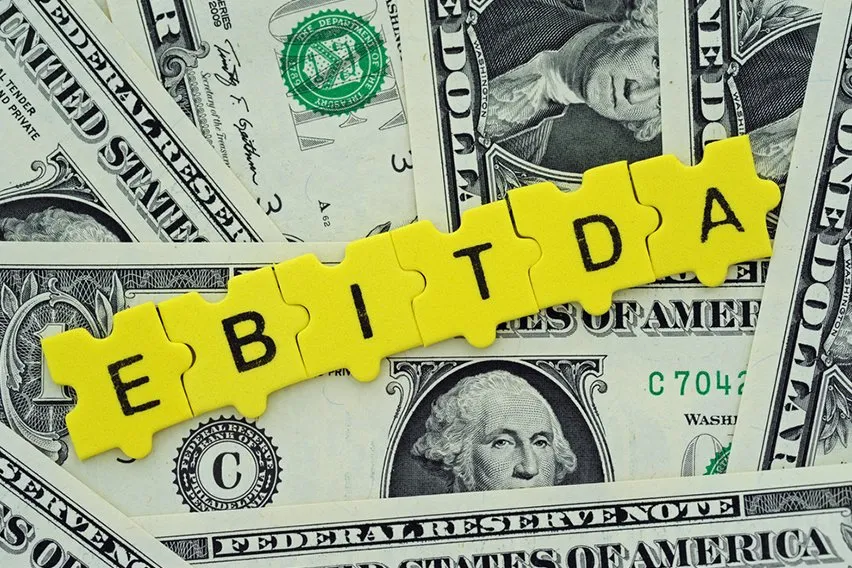 Earnings Before Tax (EBT): Definition & Guide
Earnings Before Tax (EBT): Definition & Guide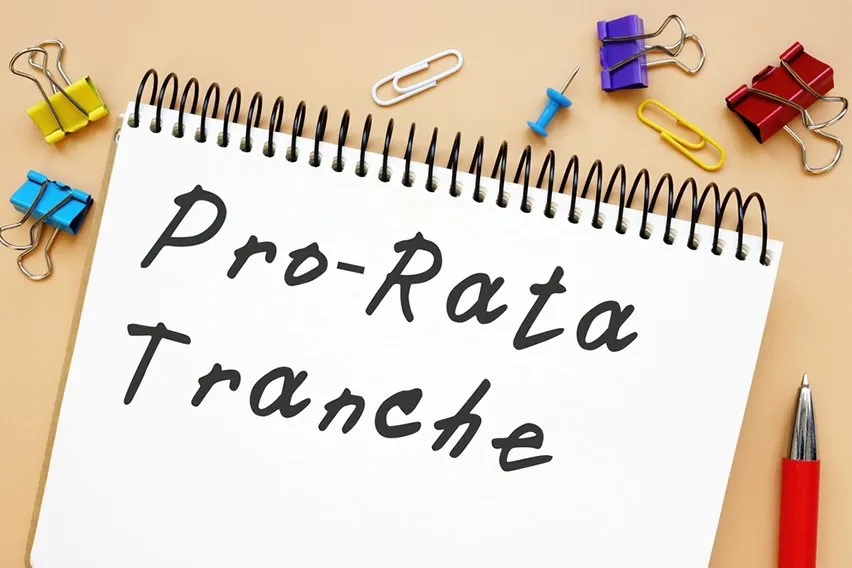 What Is Pro Rata? Definition, Example & Calculation
What Is Pro Rata? Definition, Example & Calculation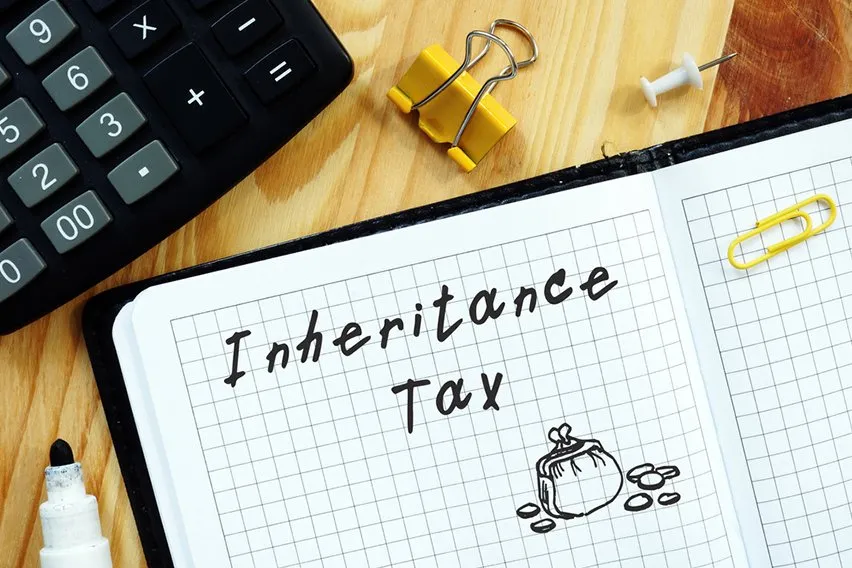 What Is Inheritance Tax on the Estate? A Guide
What Is Inheritance Tax on the Estate? A Guide How to Avoid Inheritance Tax: 10 Simple Ways
How to Avoid Inheritance Tax: 10 Simple Ways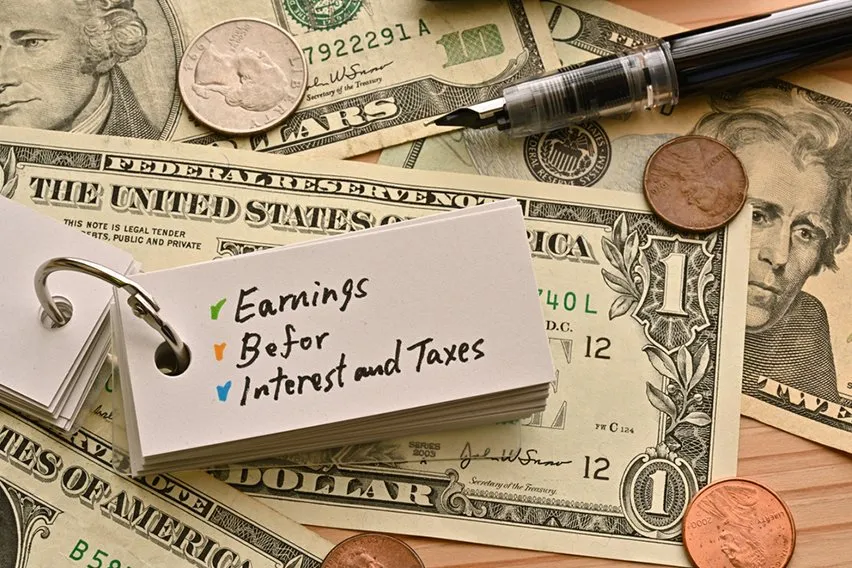 How Much Can You Earn Before Tax? Income Tax & Allowance Calculator
How Much Can You Earn Before Tax? Income Tax & Allowance Calculator